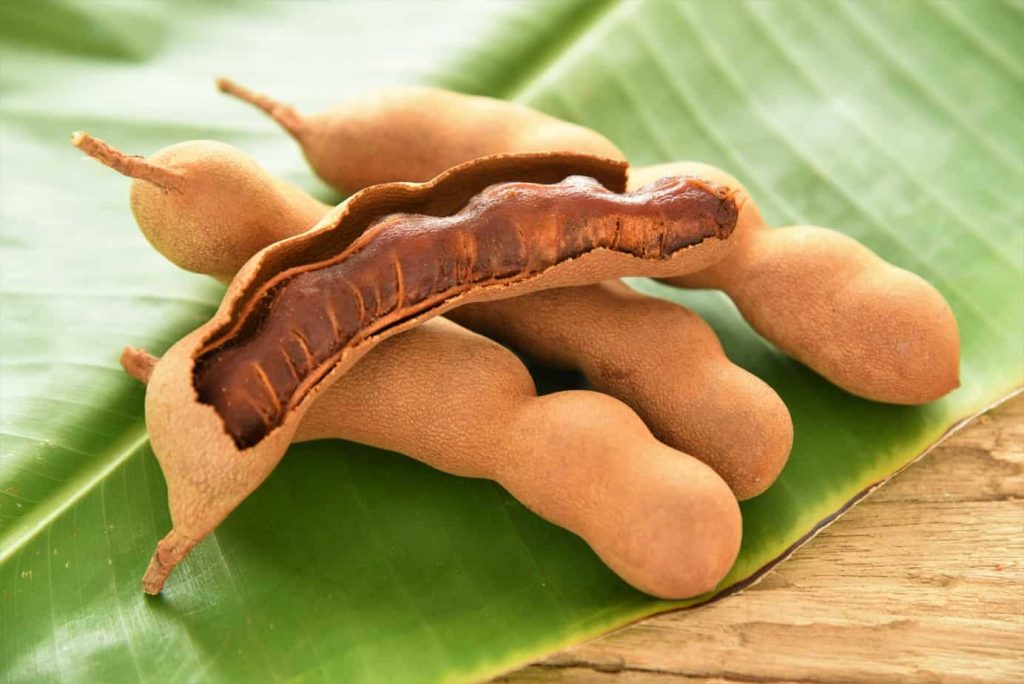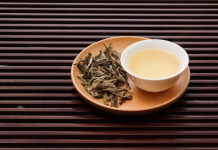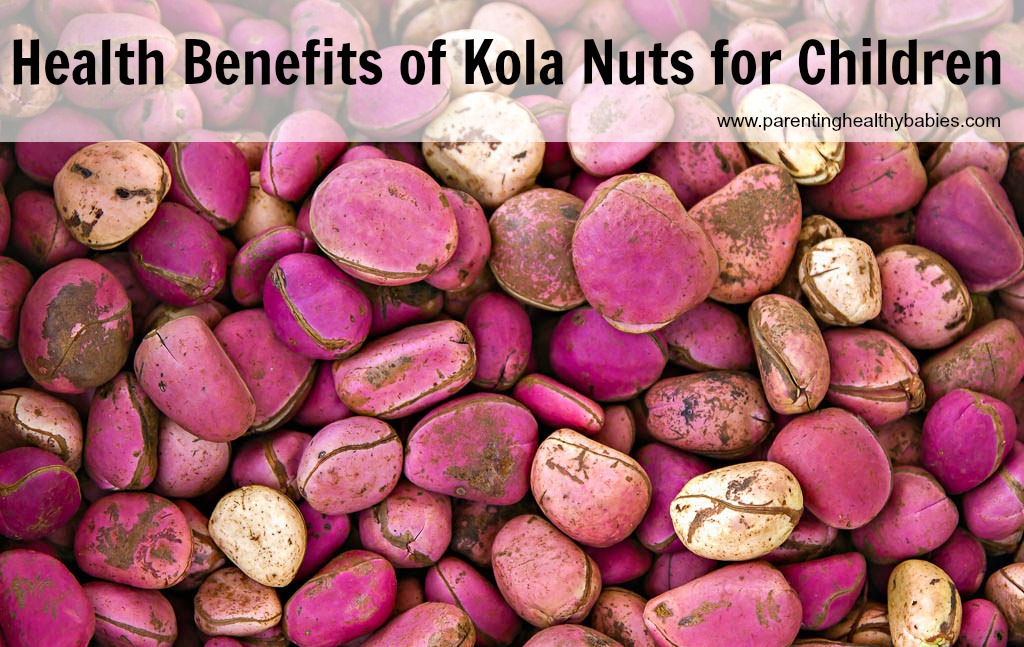Native to Africa, Tamarind is a type of fruit with a tart taste. The trees of tamarind bear small brown pods of fruit which contain a sweet pulp. It is very popular in Indian cuisine as its extract is very often used in many Indian dishes such as curries or chutneys. The word tamarind is actually based on an Arabic word “Tamar hind” which loosely translates to “Indian date”. It is also commonly known as imli in Indian households.
Nutritional Profile
Tamarind is packed with several nutrients and is a rich source of many vitamins like Vitamin B, B3 phosphorus, magnesium and iron . One will get the subsequent nutrients From a 0.5 cup serving of tamarind
- 143 calories.
- 0 grams of fat.
- 3 grams of fiber.
- 3 grams of sugar.
If you are taking 100g of tamarind it contains 36%thiamin, 35% of iron, and 16 % of phosphorus suggested for daily intake. It conjointly has many B complex vitamins, calcium, vitamin C, copper, and B vitamin.
9 Amazing Health Benefits Of Tamarind
Treats Fatty Liver
Many Studies have revealed that Tamarind extracts have active procyanidins which help in reducing oxidative stress in the liver by depleting inflammatory markers like total thiols, glutathione peroxidase and reductase. It has minerals like copper, nickel, manganese, selenium, and iron which help in improving the body’s defence against oxidative stress. Vitamin E and selenium present in it may also protect the lipid content of liver from free radical attack.
Maintains Healthy Blood Pressure
This superfood also helps to reduce LDL or bad cholesterol in your body with its high fiber content. As Tamarind has a good amount of potassium which is helpful in decreasing blood pressure and maintaining healthy blood pressure.
Helps In Weight Loss
According to some rat studies, Tamarind increased the good cholesterol and decreased the bad cholesterol content in the plasma. Tamarind juice reduces an enzyme called Fatty acid synthase that promotes the formation of adipose tissue, and also has antioxidant properties which helps in weight loss and management of healthy weight.
Aids In Gut Health
Tamarind stimulates bile production and leads to quicker digestion of food. It contains fibre which adds bulk to your stool and eases bowel movement.
Tamarind juice is good for health and helps treat ulcerative colitis, Crohn’s disease, and inflammatory bowel diseases as well.
Has Wound Healing Properties
One of the most unique quality that tamarind tree bestows on is is that the paste of tamarind increases epithelial migration and re-epithelialization of tissues, which helps in healing wounds.
Improves Immunity
Tamarind juice is beneficial and helps in treating cold, flu, cough, etc. It strengthens our immune system as it has high amounts of Vitamin c and other antioxidants . Tamarind has antiseptic properties so if you consume tamarind regularly, it will help in getting rid of germs in the body.
Is Good For Brain
Vitamin B is very essential for the better functioning of the nervous system and brain health and Tamarind is an excellent source if B vitamins. It also has thiamine and folate.
Has Antiinflamatory Properties
Tamarind juice contains high amount of tartaric acid which is a potent antioxidant that makes short work for free radicles, effectively reduces inflammation. It has a high level of polyphenols and flavonoids which helps in dealing with a host of conditions.
Pain of sore throat or some inflammatory issues like pain in the joints can be helped by consuming Tamarind as Tamarind tree has anti-inflammatory properties.
Acts As A Remedy For Arthiritis
Tamarind has antibacterial, anti-inflammatory and antioxidant properties which make it one of the traditional treatment ingredients to treat arthritis and According to research, tamarind seed powder protects the bone and cartilage by reducing the inflammation and oxidative stress in your joints.
How To Consume Tamarind
Tamarind can be consumed either raw or cooked in the following ways :-
- You can eat raw tamarind
- You can extract pulp of tamarind by soaking it in warm water for 10 minutes.
- You can make tamarind chutney and also add it to curries.
- It can also be consumed in the form of pickle or beverage.
Is Tamarind Keto Friendly?
Fresh tamarind is keto friendly, as it is rich in fiber and low in fat content which makes tamarind an excellent weight-loss-friendly and keto friendly food item.
Tamarind is loaded with flavonoids and polyphenols that can boost your metabolism and are helpful in keto diet and this makes tamarind keto friendly.
Whereas, canned or dried tamarind is not considered keto friendly as packaged tamarind contains tons of added sugar that manufacturers use as a preservative.
Dietary Restrictions
Eating too much of tamarind might cause mineral overload in your kidneys. Also if you’re on anti-diabetic or anti-hypersensitive medications, it is best to consume little amount of tamarind or it’s extract.
Consuming tamarind in large quantity regularly can cause a significant fall in our serum glucose levels, resulting in condition like hypoglycemia.
People who are allergic or hyper sensitive should avoid eating tamarind as it could result in Symptoms like rashes, itching, inflammation, stinging sensation, light-headedness, fainting, vomiting, shortness of breath.
Conclusion
Every part of the tamarind tree has high therapeutic value, whether it is leaves, fruit, seeds, bark, stems, branches, and flowers. Tamarind is an must have ingredient that cannot be missed as it is packed with essential nutrients and anti-inflammatory and anti-oxidant properties. It is safe to include in your diet and it can prove very beneficial with its numerous health benefits. Apart from being used as a central ingredients in several Indian cuisines this fruit is also used as a remedy for a host of conditions in traditional medicine.
References:
https://www.ncbi.nlm.nih.gov/pmc/articles/PMC6848808/
https://www.ncbi.nlm.nih.gov/pmc/articles/PMC3210002/













